Eating local in winter
Were you aware that the United Nations General Assembly declared 2021 the International Year of Fruits and Vegetables? Whether for their health-related benefits or to reduce our ecological footprint, one reason’s as good as another to make more room for vegetables on our plates and to highlight them.
In winter, however, it’s harder to stock up with local fruits and vegetables, considering our Nordic climate. But we have local farms that still offer a variety of fresh products in organic baskets and in the grocery store. Some of these vegetables are not well known and require a bit of inspiration for us to include them in our diet.
Here are a few tips to make you more familiar with seasonal vegetables, whether they’re being harvested currently or have been stored or preserved.
Salad, chili, sauce and soup
Salad-lovers, use cabbage and endive to replace summer greens. They are much more economical and keep for several weeks in the fridge. If you have a spiral cutter, use it with your raw beets and carrots. In your chili, spaghetti sauce and soup, replace celery with celery root.
Jerusalem artichokes and turnips (rutabaga)
Include Jerusalem artichokes and rutabaga in your sheetroasted vegetables. No need to peel the Jerusalem artichoke; just brush it. The fine skin is nutritious and will add a mild hazelnut flavour.
Grilled, the Jerusalem artichoke is also excellent when added to a mushroom risotto. Choose the small rutabagas, which are more tender and less strongly flavoured. In a gratin dish with cheese or a white sauce, rutabaga is sure to be enjoyed by the whole family.
Raw vegetable platter (crudités)
Add endive leaves, rutabaga and carrot sticks, and rounds of black Spanish radishes. If you want to minimize the bitterness, soak the vegetables in warm water for a minute and add honey or maple syrup to your dip. The leftover crudités can be used in a stir-fry, Asian soup, poké bowl or in spring rolls.
Grow your own sprouts
This is an excellent way to produce your fresh greens yourself. Sprouts are very nutritious, economical and ecological; all you have to do is soak your seeds and let them germinate for a few days in a jar or on a tray. You’ll find the germination technique in the book (in French) by a local family farmer, Véronique Bouchard: Cuisiner sans recettes (Éditions Écosociété, 2020), or for English, on the Internet.
More from this author by clicking on her picture below.


Ariane Lavigne38 Posts
Titulaire d'un baccalauréat en nutrition de l'Université de Montréal, Ariane est nutritionniste depuis 2008. Voulant approfondir ses connaissances sur la performance athlétique, elle a obtenu un diplôme de spécialisation en nutrition sportive avec le Comité International Olympique (CIO). Elle est aujourd'hui nutritionniste du sport chez Vivaï et à la Clinique Mouvement Optimal de Mont-Tremblant. Toujours en quête de dépassement, elle combine sa profession à sa grande passion : le snowboard alpin. Elle connaît la réalité des sports élites, ayant été elle-même une athlète membre de l'Équipe Nationale de Snowboard et Olympienne des Jeux Olympiques de Sotchi en 2014. Ariane has a bachelor’s degree in nutrition from the University of Montreal and has been a nutritionist since 2008. Wanting to expand her knowledge of athletic performance, she obtained a diploma specialized in sports nutrition from the International Olympic Committee (IOC). She serves at Clinique Mouvement Optimal de Mont-Tremblant as well as Vivaï as sports nutritionist. Always in search of personal and professional advancement, she combines her profession with her greatest passion: alpine snowboarding. She understands the realities of elite sports, having been a member of the Canadian National Snowboard Team who participated in the 2014 Olympic Games in Sochi.

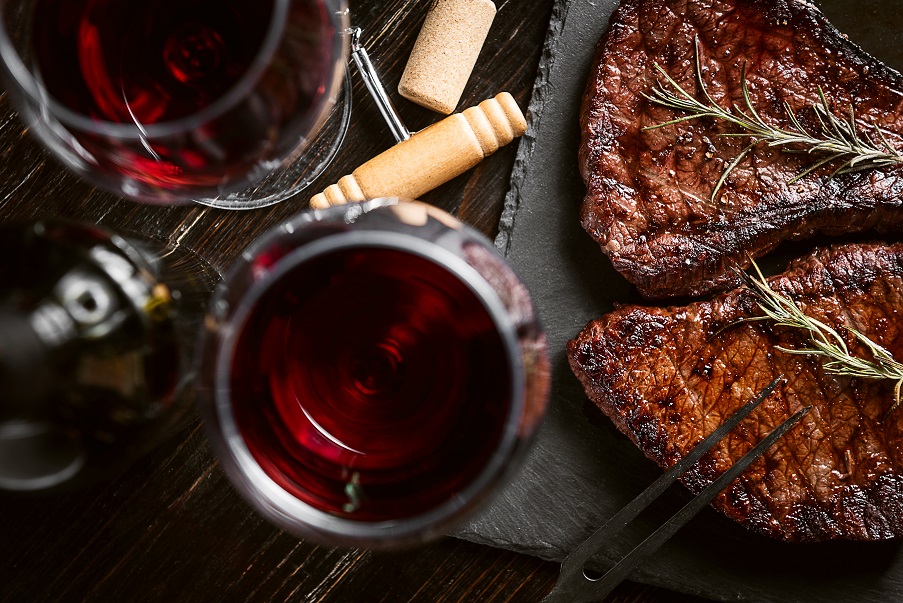

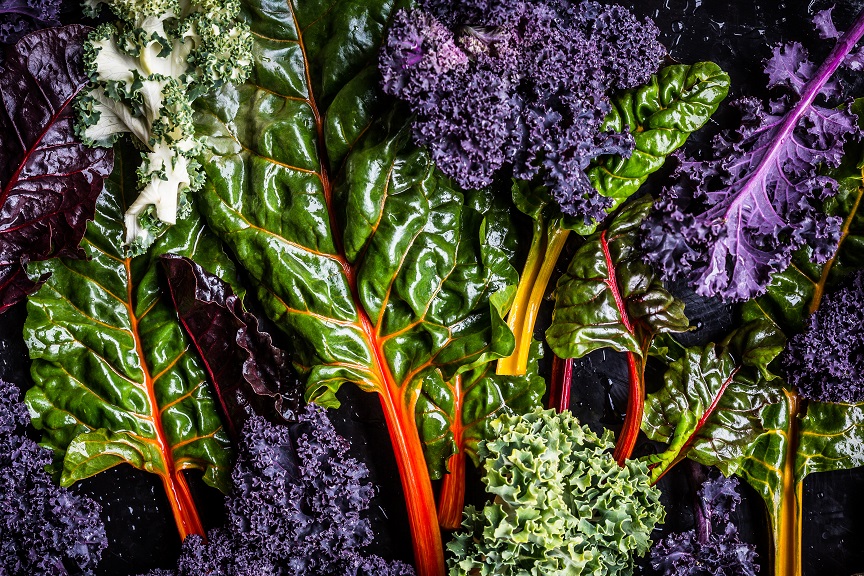

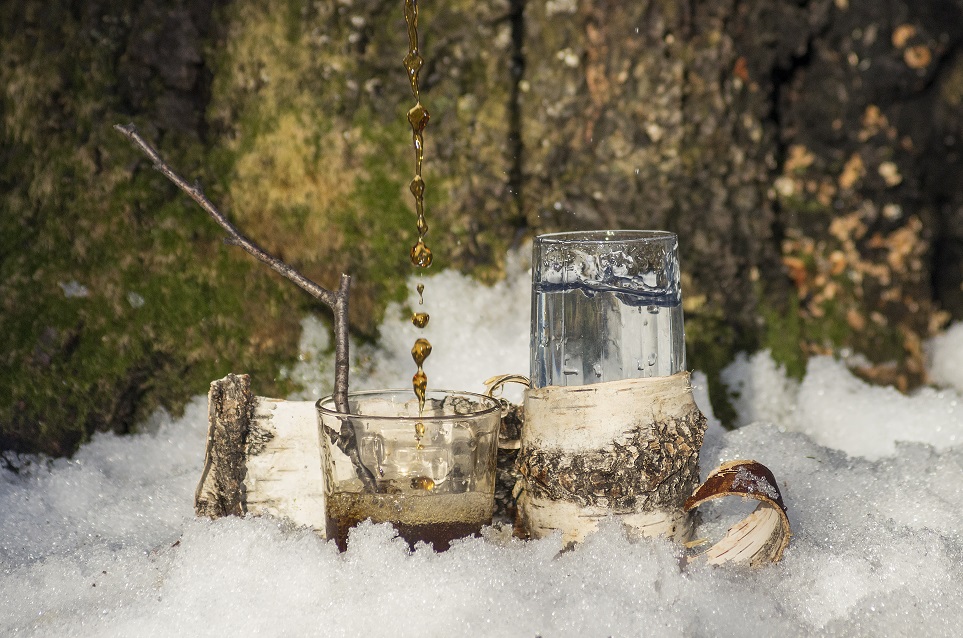
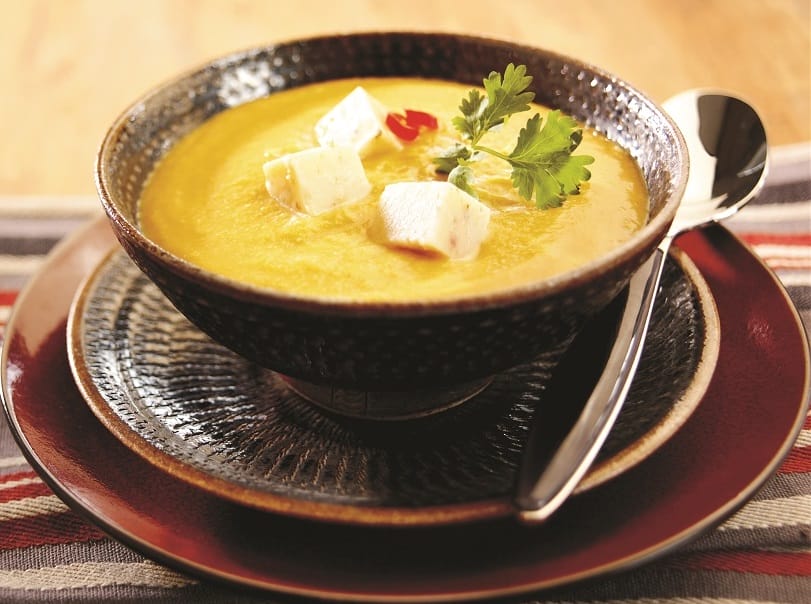
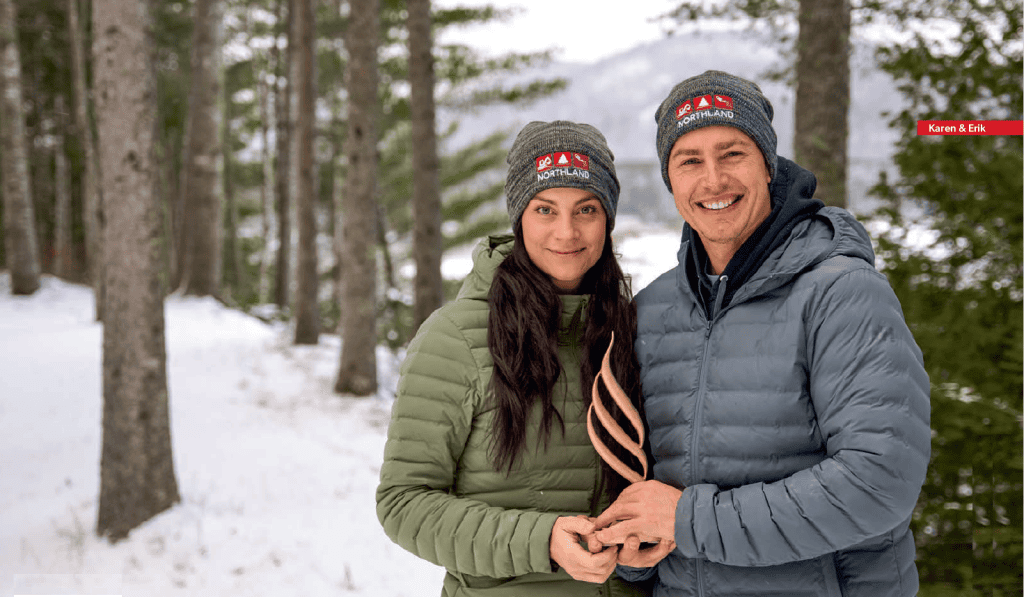




0 Comments